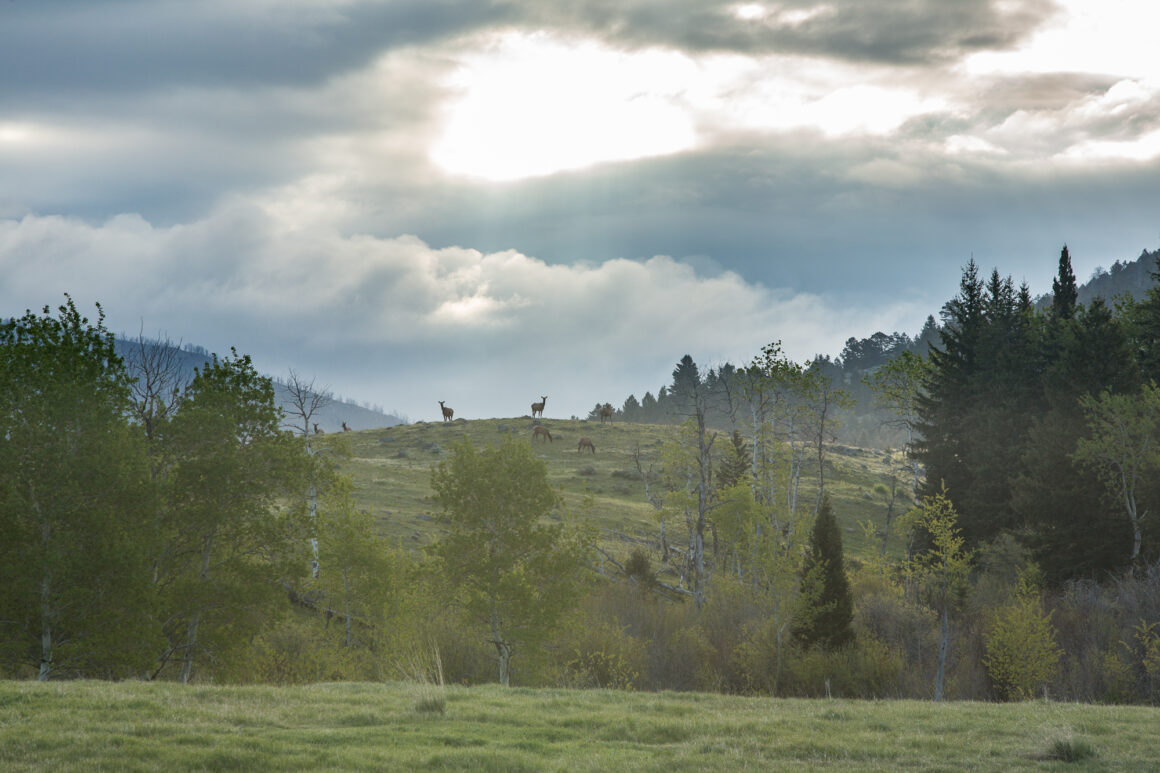Note: This piece was written by Alex Blackmer of Wild Montana and published by the Bozeman Daily Chronicle as a guest column on May 20, 2022.
—
Folks are rightly passionate about protecting the incredible Madison and Gallatin ranges, and of course there are disagreements about how best to do it.
I just wish we’d tackle these disagreements using facts, not misinformation.
Here’s a recent example: “I don’t know the details of some of the conservation initiatives identified as being unfairly attacked… (but) the so-called Gallatin Forest Partnership has proposed a plan that would significantly reduce designated Wilderness and open other Wilderness Study Areas to a wide array of mechanized recreational uses and new trail construction.”
In other words: I haven’t bothered to look at the facts, but I’m going to fire away anyway.
Yikes.
Time for a fact-check.
Claim: “(The) plan…would significantly reduce designated Wilderness.”
The truth: There is currently no designated wilderness in the Gallatin Range. None! And in the previous forest plan, there wasn’t even any recommended wilderness. Zero. Zip. Zilch. Not one lousy acre. This isn’t difficult info to find.
The Gallatin Forest Partnership proposal would add over 100,000 acres of new wilderness in the Gallatins and an additional 22,000 in the Madisons, including important low-elevation habitat and migration corridors like Cowboy Heaven and Big Creek.
And check this out: the 124,000 acres of wilderness proposed by the Gallatin Forest Partnership is 40,000 acres bigger than what was proposed for wilderness designation in the venerated 1988 wilderness bill, which is the only other time that this area has been close to receiving wilderness designation.
The idea that the Gallatin Forest Partnership proposal would reduce the amount of wilderness in the Madisons and Gallatins is just false. It’s made up.
Claim: “(The plan would) open other wilderness study areas to a wide array of mechanized recreational uses and new trail construction.”
The truth: There’s only one wilderness study area in the proposal area: Hyalite Porcupine Buffalo Horn in the central and southern Gallatins. The Gallatin Forest Partnership proposes permanently protecting 102,000 acres of this wilderness study area as wilderness and designating the remaining 52,000 acres as wildlife management and watershed protection and recreation areas to protect critical habitat, watershed health, and established recreation opportunities.
The proposal would not allow any new roads, nor would it permit “a wide array” of new recreation and trail construction. It would preserve existing recreational opportunities outside of wilderness areas, recognizing that recreational use has been established in these areas for decades, which means the Forest Service would not consider recommending the area for wilderness designation.
In fact, the proposal would freeze the recreational footprint in the wilderness study area as it is, with the exception of one new trail segment, which has been approved by the Forest Service since 2006, in the wilderness study area’s northeastern corner.
The author is right about at least one thing: the Forest Service did indeed incorporate large parts of the Gallatin Forest Partnership proposal into its recent forest plan.
That brings us closer to protecting these places, not further away: in one go, we’ve successfully pushed the Forest Service to increase the amount of recommended wilderness in the Gallatin and Madison ranges by 110,000 acres.
Let’s recognize that this is historic progress. Let’s also recognize that the forest plan isn’t the end of the road. There’s even more we can do, like passing historic legislation that expands on the forest plan to protect even more wilderness, secure the future of critical watersheds and habitat, and support responsible recreation.
We all want legislation that’s even better than the forest plan and provides permanent protections, but mudslinging isn’t gonna help us get there.
Consider this an invitation: check out the actual details of our proposal for yourself. Our website, gallatinpartners.org, contains tons of maps, stats, FAQs, and even the full text of the proposal.
If those resources don’t clear things up, we welcome fact-based, good-faith questions at gallatinforestpartners@gmail.com. We’ll answer you honestly and have a conversation, even if we don’t always agree.
We all want the best future for the places we’re so privileged to live near, and we’ve got a once-in-a-lifetime opportunity to secure historic protections.
It would be a tragedy if misinformation prevented that from happening.


